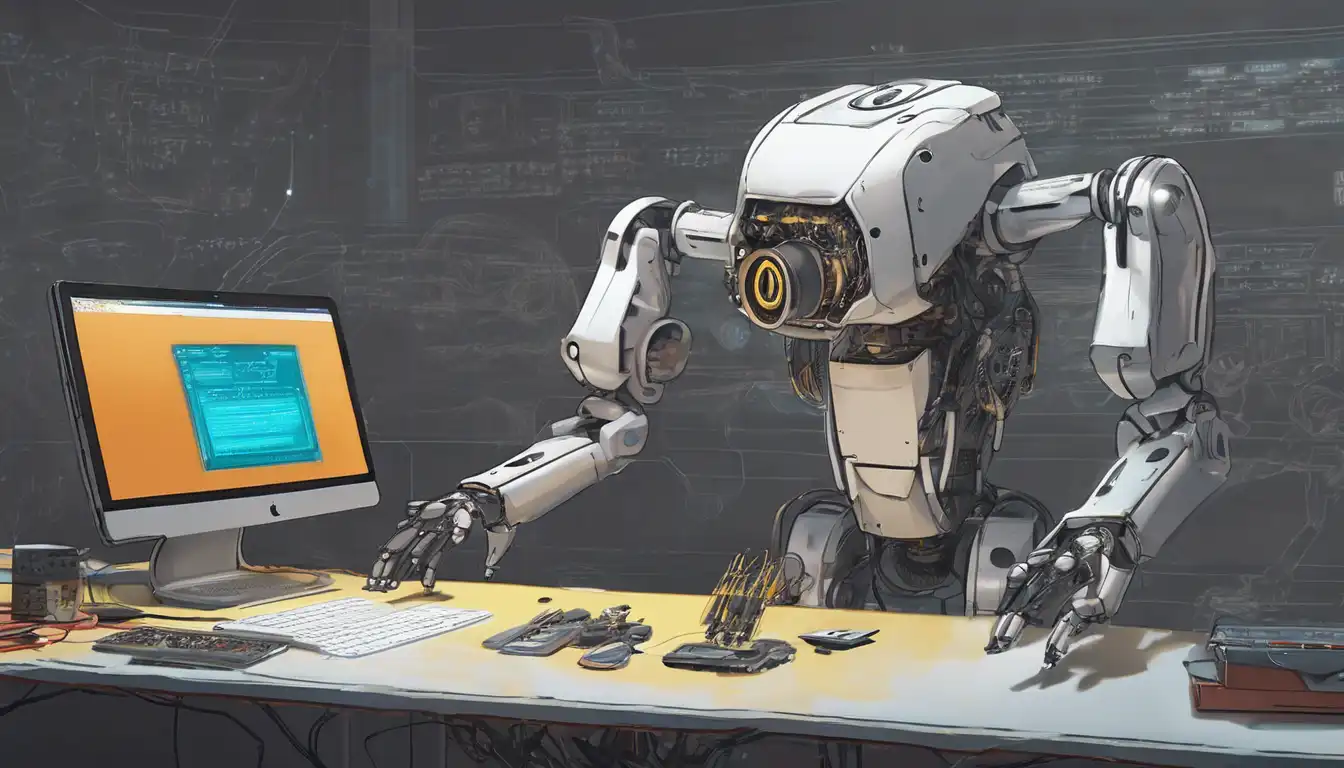Introduction to Robotics Programming
Robotics programming is an exciting field that combines the creativity of design with the precision of programming. Whether you're a hobbyist looking to build your first robot or a professional aiming to automate tasks, understanding the basics of robotics programming is essential. This guide will walk you through the foundational steps to get started in robotics programming, from selecting the right tools to writing your first lines of code.
Choosing the Right Robotics Kit
Before diving into programming, it's important to select a robotics kit that matches your skill level and interests. For beginners, kits like Arduino robotics kits or Raspberry Pi robotics projects offer a great starting point with plenty of resources and community support.
Understanding the Basics of Robotics Programming
Robotics programming involves writing code that controls how a robot moves, senses its environment, and makes decisions. Key concepts include:
- Control systems: How the robot processes inputs and outputs.
- Sensors and actuators: The hardware that interacts with the environment.
- Programming languages: Such as Python, C++, or ROS (Robot Operating System).
Setting Up Your Development Environment
To start programming your robot, you'll need to set up a development environment. This includes installing the necessary software, such as:
- An Integrated Development Environment (IDE) like Arduino IDE or PyCharm.
- Robot simulation software, such as Gazebo or V-REP, for testing your code without physical hardware.
Writing Your First Robotics Program
Begin with a simple project, such as making an LED blink or a robot move forward. Here's a basic example in Python using the Raspberry Pi:
import RPi.GPIO as GPIO
import time
GPIO.setmode(GPIO.BCM)
GPIO.setup(18, GPIO.OUT)
try:
while True:
GPIO.output(18, GPIO.HIGH)
time.sleep(1)
GPIO.output(18, GPIO.LOW)
time.sleep(1)
except KeyboardInterrupt:
GPIO.cleanup()This simple program toggles an LED connected to pin 18 on and off every second.
Exploring Advanced Robotics Programming
Once you're comfortable with the basics, you can explore more advanced topics like:
- Machine learning for robotics.
- Computer vision for object recognition.
- Pathfinding algorithms for autonomous navigation.
Each of these areas opens up new possibilities for what your robots can do.
Joining the Robotics Community
Robotics is a rapidly evolving field, and joining a community can provide valuable support and inspiration. Consider participating in forums, attending workshops, or contributing to open-source robotics projects.
Conclusion
Starting with robotics programming can seem daunting, but by breaking down the process into manageable steps, anyone can begin creating their own robots. Remember, the key to success in robotics is experimentation and continuous learning. For more resources, check out our robotics tutorials section.
